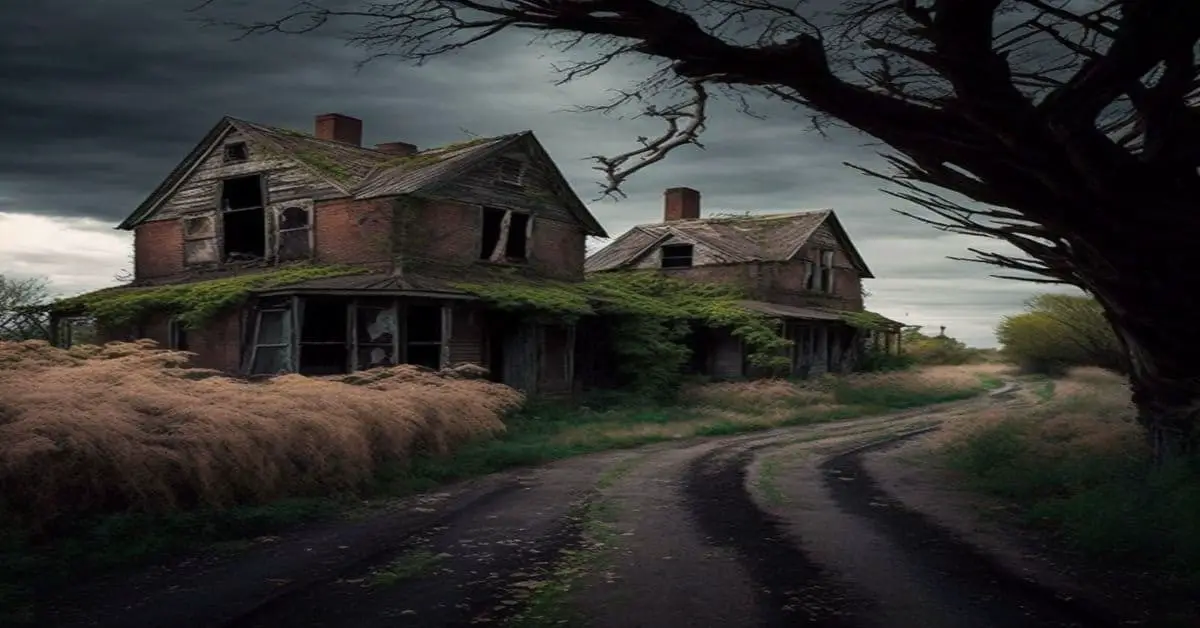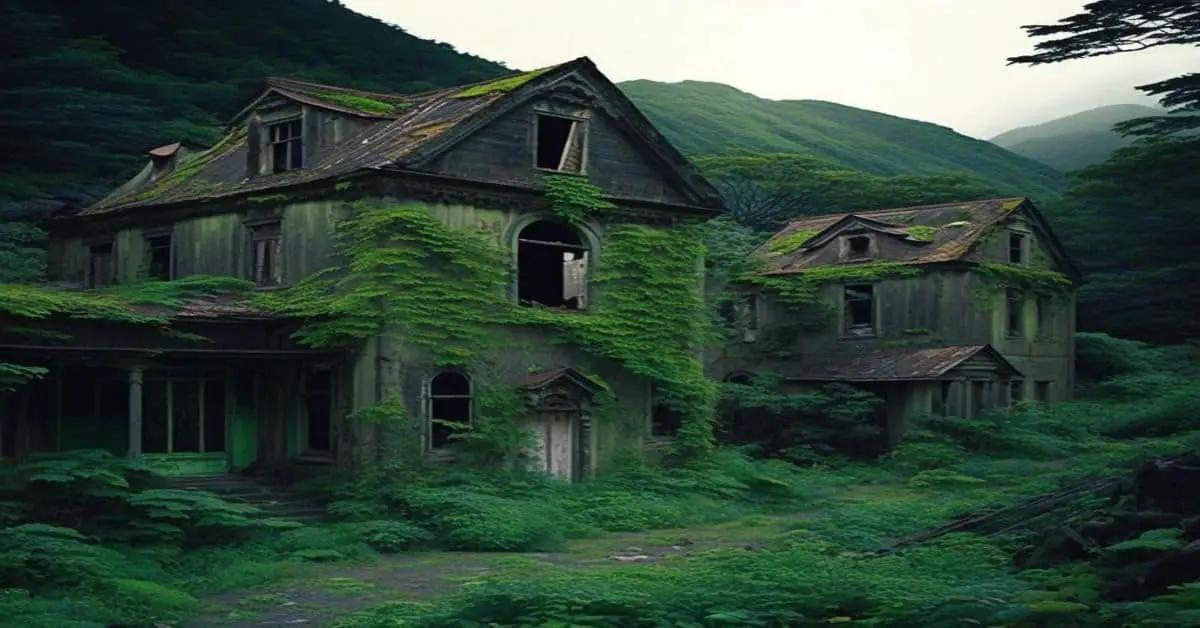Browntown, established in 1791 and incorporated in 1842-1843, was once a prosperous community in North Carolina with approximately 800 residents and six doctors. Its early settlers were predominantly farmers who relied on the fertile soil of the surrounding countryside to cultivate crops and raise livestock. Browntown’s central location made it an important hub for commerce, and it soon became a thriving center of trade, industry, and culture.
However, the town’s fortunes began to decline in the mid-19th century when the railroad bypassed it, leading to a gradual exodus of residents. The once-bustling streets became empty, and the town’s economy collapsed.
Today, Browntown is considered a ghost town, with only remnants of its past remaining. In this article, we will explore the history of Browntown, from its origins as a thriving community to its present-day status as a deserted relic of a bygone era.
Key Takeaways
- Browntown was established in 1791 and incorporated in 1842-1843, and was an important hub for commerce, trade, industry, and culture.
- The decline of Browntown began in the mid-19th century when the railroad bypassed it, leading to a gradual exodus of residents and a significant economic downturn.
- The decline and abandonment of Browntown profoundly impacted its residents, forcing many families to leave their homes and businesses behind.
- The Browntown Preservation Society has worked to restore some of the remaining buildings and artifacts, including the old Browntown schoolhouse, to protect and maintain the town’s historical significance.
History and Founding
The establishment of Browntown in 1791 and its incorporation in 1842-1843 marked the beginning of its history as a once-thriving community, which eventually experienced a decline leading to its current status as a ghost town.
Early settlers founded Browntown attracted to the area’s fertile land for farming and its location on the trading route between Salem and the western part of the state.
The town grew quickly, with a population of around 800 at its peak, and became a hub of commerce, with a post office, general store, taverns, and blacksmith shops.
Browntown was also home to six doctors during its lifetime, which was impressive for a town of its size.
The early settlers were primarily of English, Scottish, and German descent, and notable surnames include Stack, Brown, Orrell, Shields, Payne, Dow, Bodenhamer, Motsinger, Weavi, Evans, Pickard, Folger, and Hichcock.
The town’s incorporation in 1842-1843 led to the establishment of a town government and the construction of a town hall, marking a significant milestone in its history.
Decline and Abandonment
Following the railroad bypass, the population of this once-prosperous settlement steadily declined, leading to its eventual abandonment. While Browntown was initially a thriving community with around 800 residents and six doctors, the decision to bypass the town during the construction of the railroad had a significant impact on its growth and sustainability.
Here are some reasons for the decline of Browntown:
- Lack of transportation: Due to the railroad bypass, Browntown was left without a reliable mode of transportation. This made it difficult for residents to travel to other towns for work, education, or medical care. As a result, many people migrated to nearby cities with better access to transportation.
- Economic downturn: The lack of transportation and job opportunities caused a significant economic downturn in Browntown. Many businesses closed down, and the unemployment rate increased, forcing people to leave for better prospects elsewhere.
- Natural disasters: Browntown was not immune to natural disasters; floods and fires often devastated the town. These disasters caused significant damage to the infrastructure, making it difficult for the town to recover and rebuild.
The decline and eventual abandonment of Browntown profoundly impacted its residents. Many families were forced to leave their homes and businesses behind, and the once-bustling community became a ghost town. Today, Browntown serves as a reminder of the importance of infrastructure and transportation in the growth and sustainability of communities.
Legacy and Remnants
Remnants of a once vibrant settlement can still be scattered throughout the area, like forgotten puzzle pieces waiting to be pieced together. The abandoned buildings, rusted machinery, and overgrown fields are all that remain of Browntown’s former glory. Despite its decline and eventual abandonment, the town still holds a significant place in the community memory and historical significance.
Efforts have been made to preserve what little remains of Browntown. The Browntown Preservation Society was formed to protect and maintain the town’s historical significance. The society has worked tirelessly to restore some of the remaining buildings and artifacts, including the old Browntown schoolhouse.
While much of the town has been lost to time, preserving what remains reminds of a once-thriving community and its place in local history.
Frequently Asked Questions
What was the main reason the railroad bypassed Browntown?
The railroad bypassed Browntown mainly because of its economic decline, as the railroad companies sought to maximize profits by choosing the most profitable routes. This significantly impacted the town’s prosperity, leading to its eventual abandonment.
Were there any famous or notable residents of Browntown during its heyday?
Notable residents of Browntown during its heyday included six doctors and surnames such as Stack, Brown, Orrell, Shields, Payne, Dow, Bodenhamer, Motsinger, Weavi, Evans, Pickard, Folger, and Hichcock. Their achievements and contributions are not specified.
What was the most common occupation among Browntown’s residents?
The most common occupation in Browntown was farming, which was vital to its economy. The community’s reliance on agriculture was evident in its impact on the industry, with many residents working in the fields and contributing to the town’s growth.
Are there any plans to restore or revitalize Browntown?
No information is currently available regarding any plans to restore or revitalize Browntown. However, community involvement and funding sources could potentially be important factors if such plans were to arise in the future.
What is the current state of the buildings and structures in Browntown?
The buildings and structures in Browntown are in a state of decay due to neglect and lack of maintenance. However, there is potential for building preservation and tourist attraction if efforts are made to restore the historic structures.



